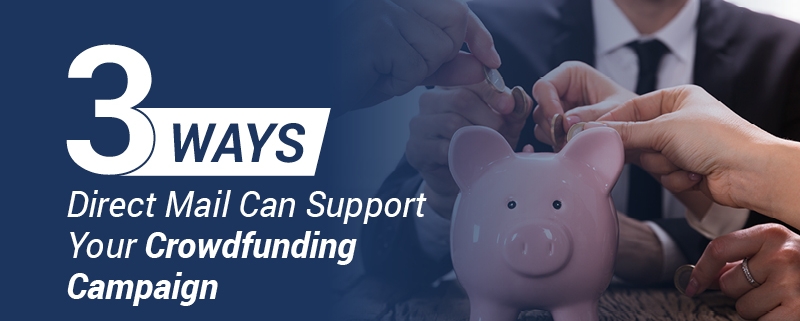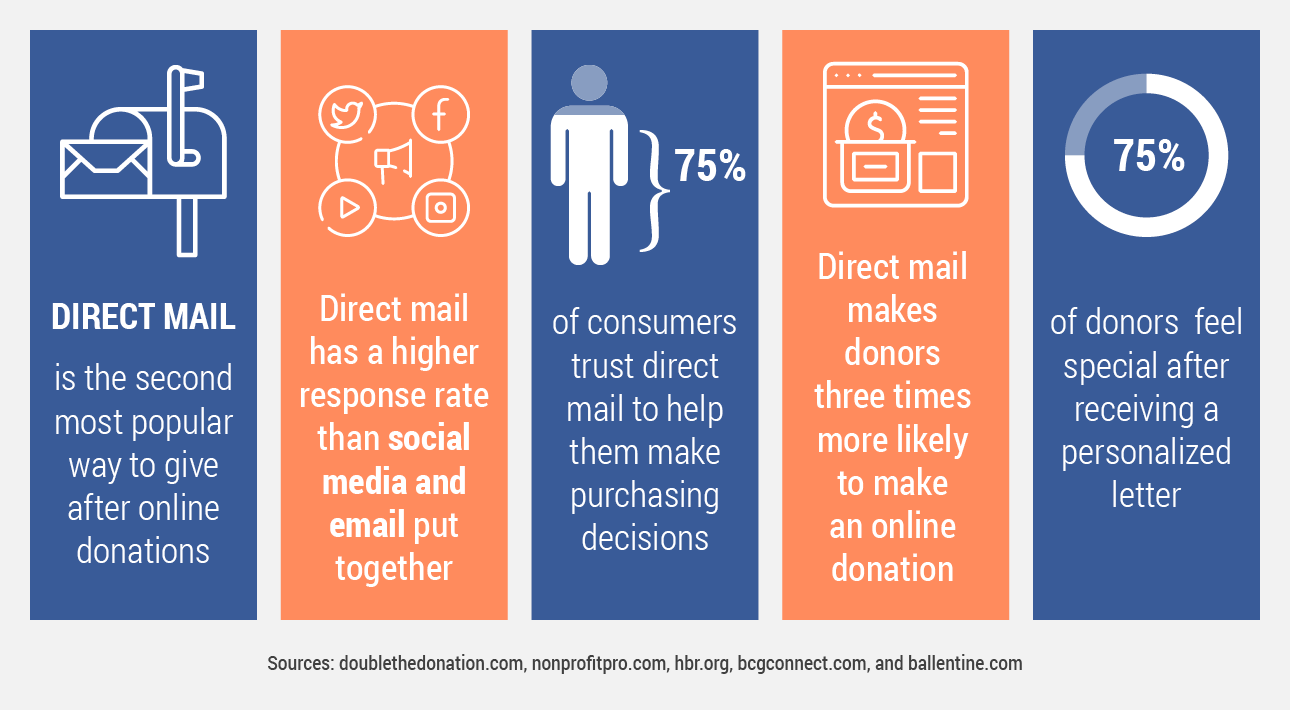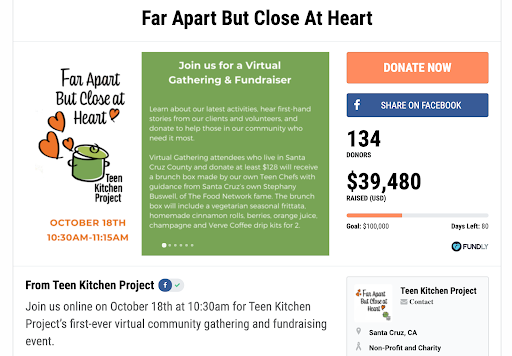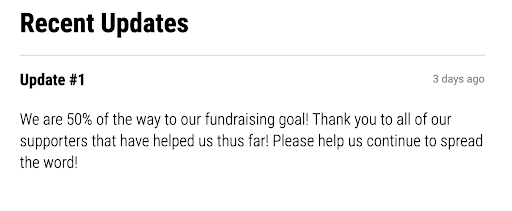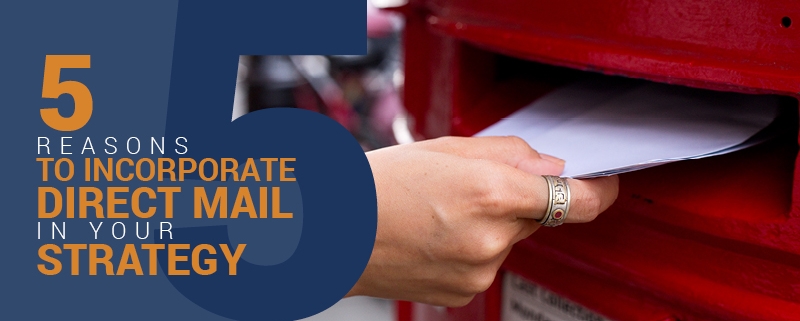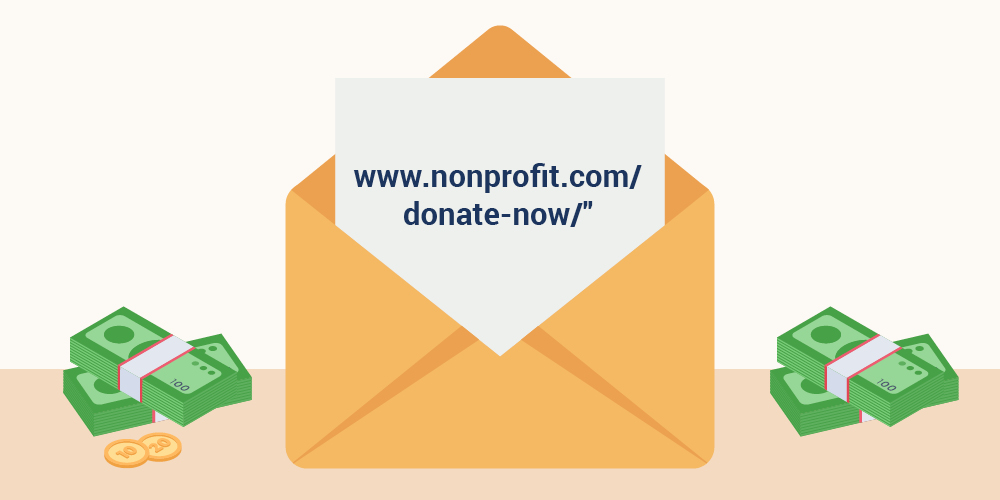Using Your Pet Business to Fundraise: 9 Ideas to Give Back
As the owner of a pet care business, whether that be a grooming or boarding service, you and your employees likely have a passion for the health and safety of animals. However, providing top-quality care to your customers’ pets is just a small piece of the broader animal welfare puzzle.
While some 4.1 million shelter animals are adopted annually, more than 6 million animals enter these shelters each year. These organizations, and the dogs and cats they are committed to protecting, are in constant need of supplies, funding, and volunteers.
Your business is in the perfect position to support shelters and rescues by implementing internal CSR programs, engaging the community, and spreading awareness of organizations in need. In this guide, we’ll cover some ideas that can help you get started.
1. Start a crowdfunding campaign.
A crowdfunding campaign involves collecting small donations from a wide audience, generally through social media or other online platforms. While nonprofits can organize these campaigns on their own, it’s common for individuals and organizations to crowdfund on behalf of a specific cause.
To get started, choose a nonprofit to support, create a donation page on a crowdfunding website, and share the campaign with your followers. Make sure to include information about the nonprofit, its mission, and a link to its website on your donation page.
Reach out to the nonprofit to see if there is a specific need or initiative that they need funding for. Then, highlight the specific reason you are fundraising on your donation page. For example, these scenarios might warrant a crowdfunding campaign:
- A nearby animal shelter needs to build an additional wing to accommodate rising numbers of shelter animals.
- A rescue group needs funding to pay for vaccinations, food, formula, and spay/neuter procedures during kitten season.
- One of your customers can’t afford an expensive surgery procedure for their beloved pet.
You can also encourage your followers to make in-kind donations so organizations don’t have to take the time to go shopping. Create or share an online wishlist of the supplies the nonprofit needs and urge your followers to buy a blanket, bag of food, or toy for an animal in need.
2. Launch a #GivingTuesday fundraiser.
Giving Tuesday is a global day of giving that occurs each year on the Tuesday after Thanksgiving. It’s a recognized, highly-anticipated, and successful annual event that capitalizes on the year-end giving spirit.
If you (like most business owners) are new to nonprofit fundraising, Giving Tuesday can be a good way to dip your toes into the water since there’s already a general structure in place. Giving Tuesday campaigns allow passionate supporters to serve as ambassadors. Reach out to the nonprofit you want to support and ask them to help you create a page in support of their organization. Add a picture of your logo as the profile picture, make a donation yourself, add a brief story about why you support the cause, and share the campaign!
If you aren’t ready to create your own Giving Tuesday campaign, you can create a small marketing campaign to boost local nonprofits’ campaigns. This extra publicity will help expand the campaign’s reach and can make a big difference in revenue.
3. Start a matching gift program.
A matching gift program is typically part of a business’s larger corporate social responsibility (CSR) efforts. With these programs, businesses match the contributions that their employees make to eligible organizations. Often, businesses have minimum and maximum gift size requirements and may place restrictions on the kinds of organizations they donate to.
In addition to supplying organizations with double the funding they would ordinarily receive, Re:Charity’s guide to corporate philanthropy outlines these key benefits for corporations:
- A positive reputation in the community
- Increased employee engagement
- A stronger sense of community
To ensure that employees take advantage of your matching gift program, spread awareness for it. For instance, you might share a step-by-step guide for submitting a matching gift request with employees and include it in your onboarding materials, office handbook, and any communications requesting donations to a fundraiser.
4. Organize a dog walk fundraiser.
Dog walks are similar to traditional walk-a-thon fundraisers in which participants walk a certain distance for a good cause. During a dog walk, you get the furry friends involved!
To fundraise, simply charge a registration fee to participants or follow a pledge fundraising model in which participants collect pledge donations from their friends and family. You’ll need to plan a route for the dog walk, complete with starting and finish lines. Make sure to have a team of volunteers to assist you with set up and tear down as well as manning water stations (for both humans and dogs!).
To maximize revenue, you’ll need to leverage your business’s contacts, share about the event through your marketing channels, and get the community involved. Don’t forget that your customer base is a great place to start—after all, they are pet owners who would probably love to support an animal welfare organization. Using pet business software like Gingr, you can reach out to customers in your database by leveraging built-in marketing tools.
5. Create a “sponsor a pet” program for a local shelter.
In a “sponsor a pet” program, your business will encourage supporters to make a recurring monthly donation to a local shelter. This donation is meant to fill the needs of a single pet by providing food, shelter, medical procedures, and vaccinations.
First, you’ll need to work with a local shelter to secure names and pictures of animals at their shelter. For example, maybe they have a black cat named Wanda who is the mother of a litter of kittens. A donor might choose to sponsor Wanda with a monthly donation of $50, paying for her food, blankets, litter, vaccines, and medication for an eye infection. Over the months, the shelter sends updates about how Wanda is doing and eventually lets the donor know she’s been adopted.
Choosing fundraising ideas that directly benefit your local community can be highly effective. Donors will see the positive impact they are making on local organizations firsthand—and who knows, they may even be inspired to adopt!
6. Make in-kind donations to local organizations.
As we mentioned earlier, many organizations need supplies in addition to funding. Consider donating high-demand pet care items to shelters and rescues, such as:
- Dog and cat food for a variety of ages and needs (e.g., wet food for puppies or hairball control food for cats)
- Blankets and towels
- Pet beds
- Food and water bowls
- Grooming equipment
- Leashes and collars
- Litter boxes, litter, and scoops
- Toys
- Offering free services
- The opportunity to use your facilities for an event (e.g., holding a charity dog wash at your grooming facility)
To collect these items, consider purchasing them in bulk from a wholesale company to stretch your buying power further. If you have extra, unused items, like grooming products or equipment, consider donating these as well. To get your customers and employees involved, set up a donation box at your facility and encourage them to bring in the items local organizations need most.
7. Ask your employees for ideas.
Asking employees for fundraising ideas is an effective way to engage them in opportunities that help them feel more fulfilled and connected to the local community.
Consider using tools like employee engagement software to create surveys that ask questions like:
- What nonprofit organizations and causes are you most passionate about?
- What types of fundraisers would you like to see our business participate in?
- What are some effective fundraising campaigns you’ve seen that convinced you to donate?
- What level of involvement would you like to have in our fundraising initiatives (e.g., volunteering at events, donating, no involvement, etc.)?
When you launch fundraisers that employees are excited about, they’ll be much more likely to get involved and drive your initiatives toward success. By engaging employees directly in your charitable efforts, they’ll know that you value their input and interests.
8. Run a pet calendar sale.
When it comes to calendars, pets are one of the most popular themes. Who wouldn’t want to see an adorable animal each month?
Gather some photos of pets in your area to build a pet calendar. The pets can either be your business’s clients or adoptable animals from a local animal shelter. For example, your dog daycare might snap photos of its regulars or puppies on their first visit. To connect those who purchase the calendar with the pet, consider adding the dog’s name, their favorite treats and toys, and a short description of their background.
Print and sell your calendars online or on location at your business. Make it clear that sales will benefit a specific nonprofit organization and provide some information about the organization’s mission.
9. Donate a percentage of sales.
During a percentage fundraiser, your business pledges to donate a percentage of all sales made within a specified timeframe to a nonprofit. For example, you might donate 5% of all sales made during a three-day weekend event to a cat rescue in your town.
This is a simple way to incorporate fundraising into your business’s regular activities. Promote your percentage fundraiser ahead of time to boost foot traffic by encouraging charitably-minded customers to visit your store during the campaign.
Just because your pet business is a for-profit company doesn’t mean that you can’t invest in the community. Corporate social responsibility is on the rise, and consumers care now more than ever before that businesses commit to social good. With these fundraising ideas, build a strong reputation for your business and support animals in need at the same time.


